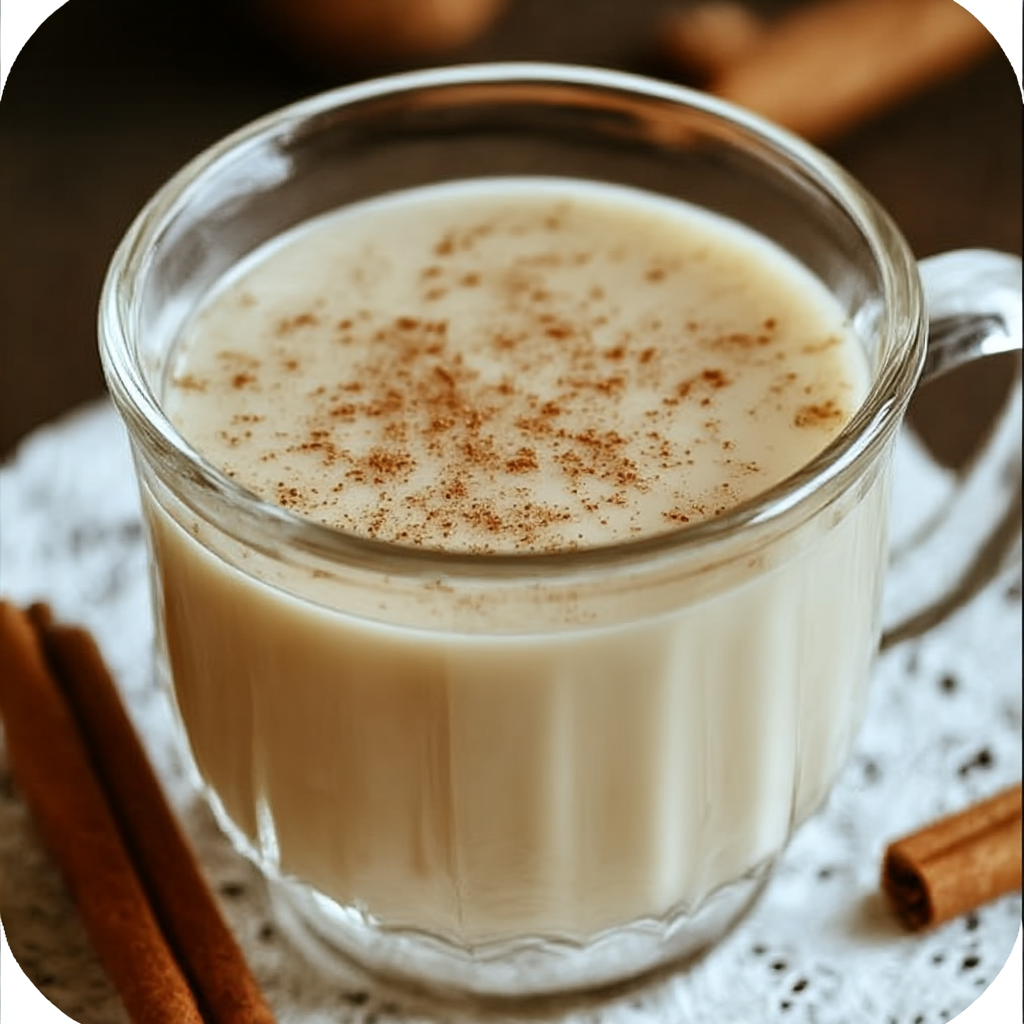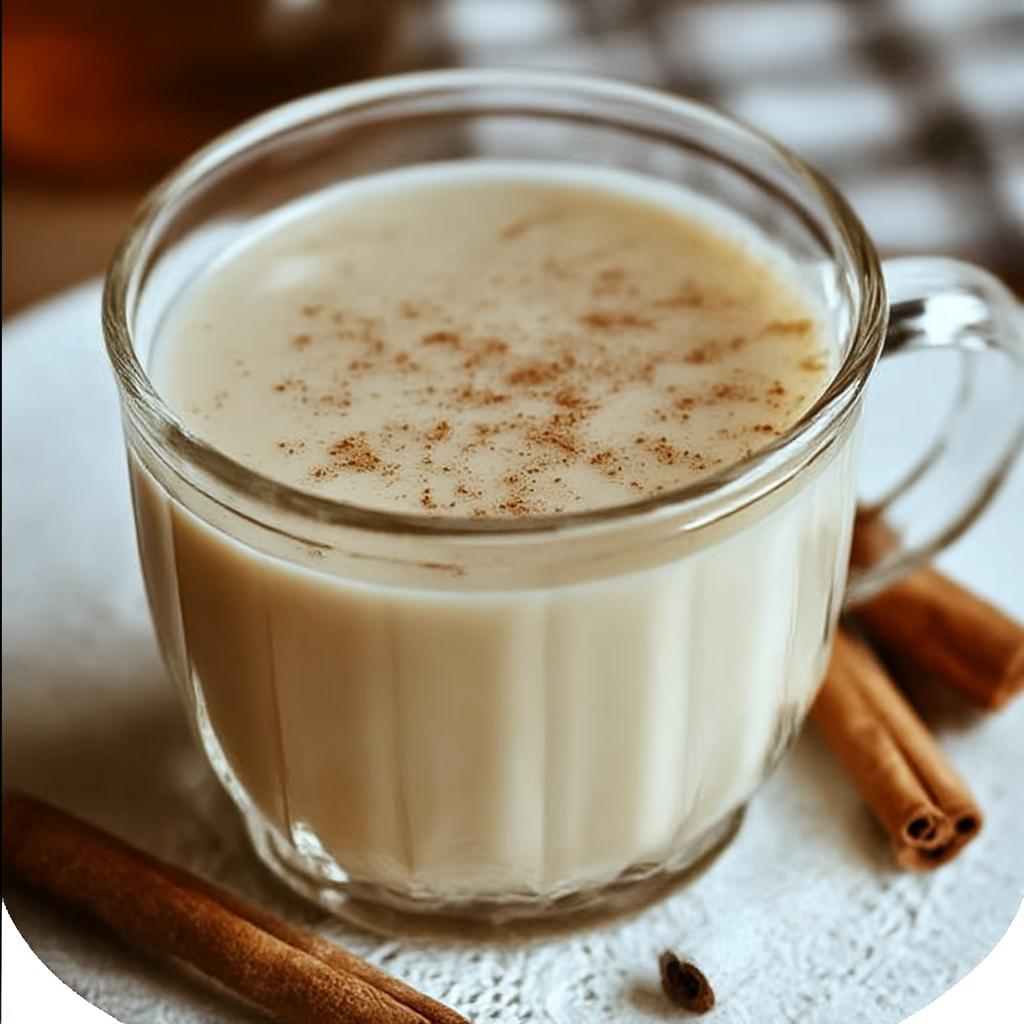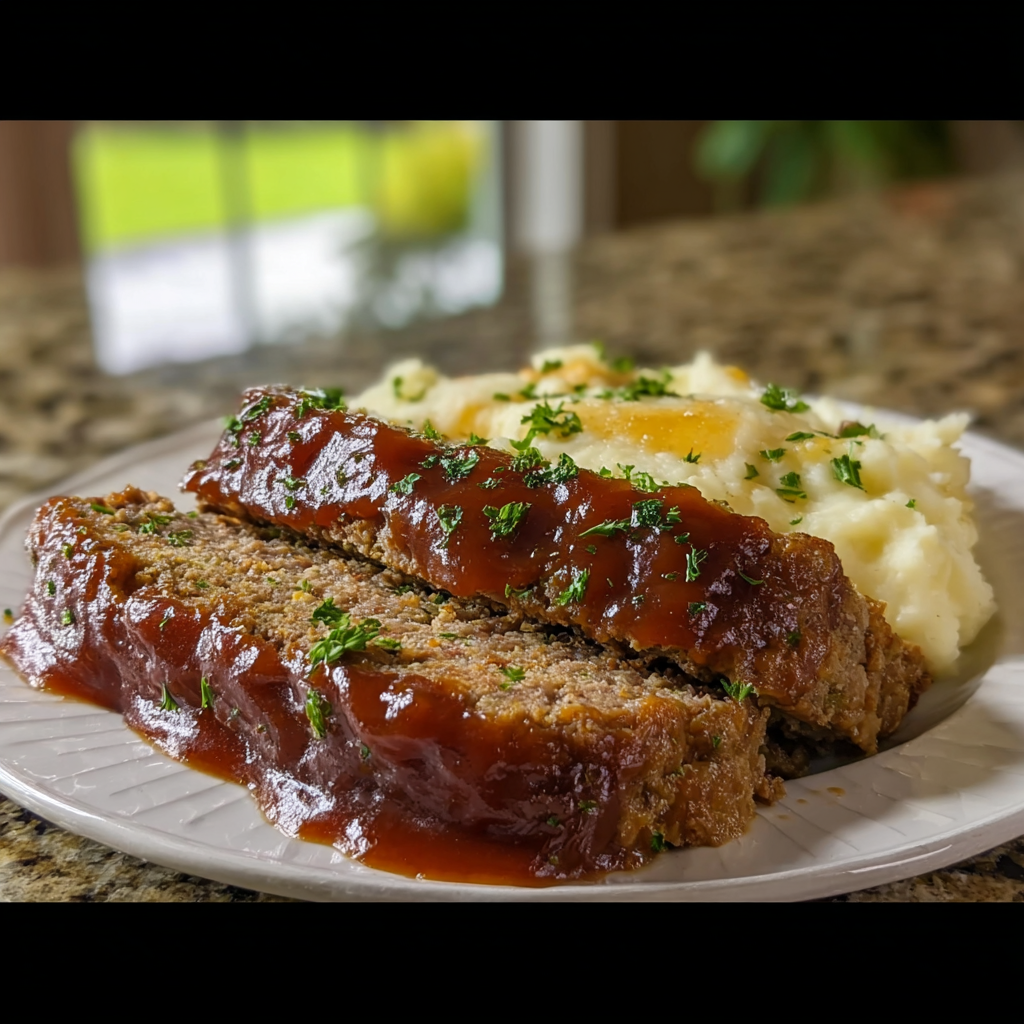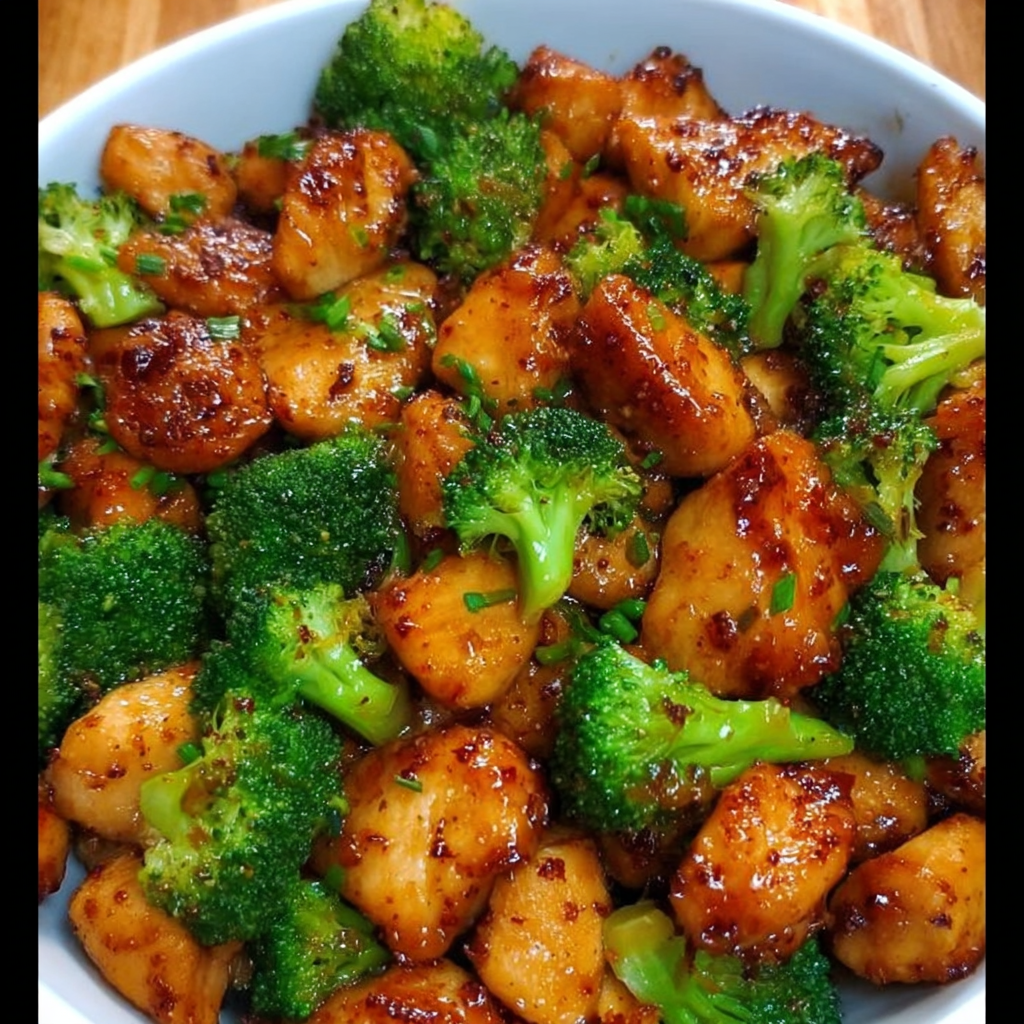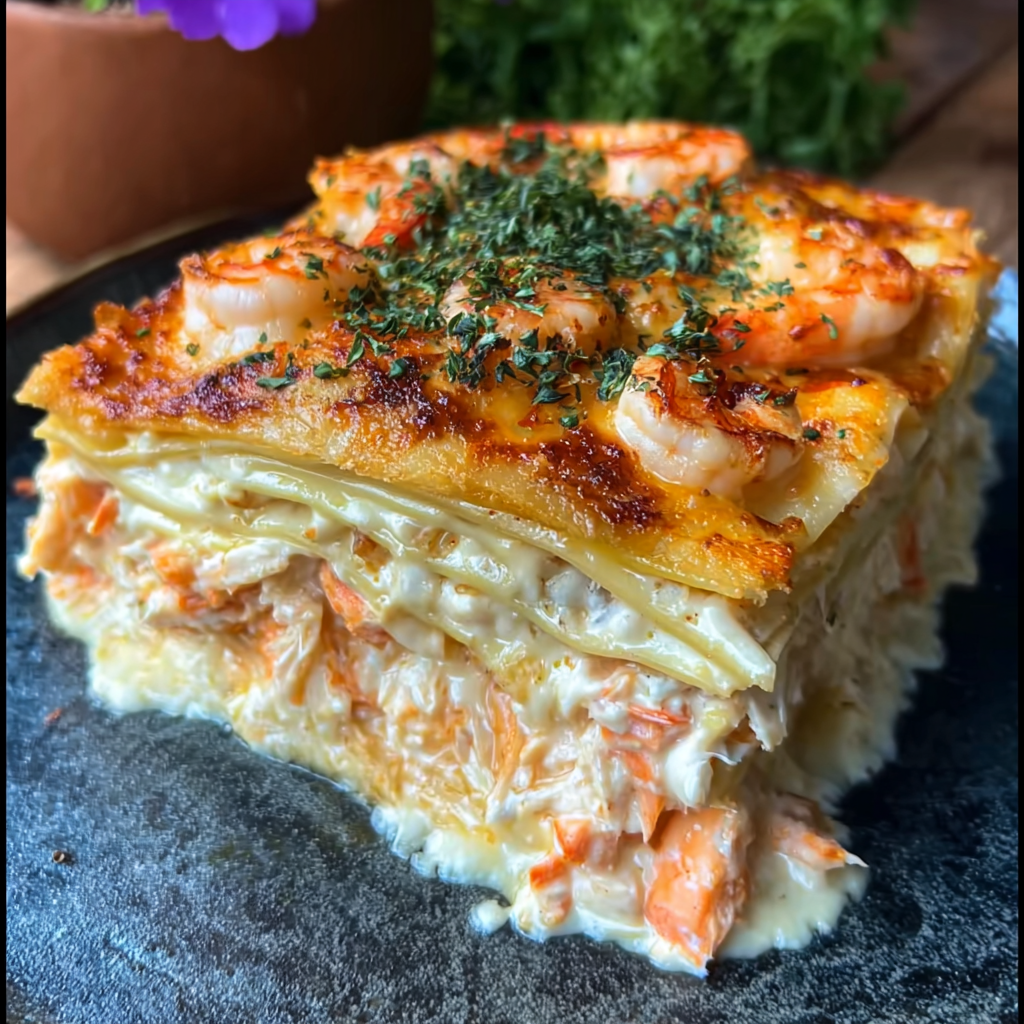When your throat feels scratchy and raw, reaching for a warm, healing cup of tea can provide immediate comfort. This cinnamon-based remedy combines the natural antimicrobial properties of cinnamon with honey’s coating qualities and ginger’s anti-inflammatory benefits to create a powerful throat-soothing blend.
Unlike store-bought throat lozenges that offer temporary relief, this homemade tea works from the inside out. The warm liquid helps increase circulation to the throat area, while the carefully chosen ingredients work together to reduce inflammation and fight potential bacterial infections. Plus, it tastes far better than most commercial remedies.
Why You’ll Love This Recipe
Fast relief: Provides soothing comfort within minutes of drinking.
Natural ingredients: Uses whole spices and honey instead of artificial additives or medications.
Immune support: Cinnamon, ginger, and honey all contain compounds that support your body’s natural defenses.
Customizable strength: Easy to adjust the intensity based on your preferences and symptoms.
Budget-friendly: Uses common pantry ingredients that cost less than commercial throat remedies.
Safe for frequent use: Gentle enough to drink multiple times throughout the day.
Ingredients
For the Base Tea
- 1 cinnamon stick or 1 teaspoon ground cinnamon (Ceylon cinnamon is milder and preferred for frequent use)
- 1-inch piece fresh ginger, sliced thin (provides anti-inflammatory compounds and warming heat)
- 2 cups water (filtered water tastes better and lacks chlorine bite)
- 2-3 tablespoons raw honey (raw honey contains more beneficial enzymes than processed versions)
- 1 tablespoon fresh lemon juice (adds vitamin C and helps cut through mucus)
Optional Enhancers
- ¼ teaspoon turmeric powder (adds extra anti-inflammatory properties)
- 2-3 whole cloves (provides numbing qualities for pain relief)
- 1 teaspoon apple cider vinegar (creates an inhospitable environment for bacteria)
- Pinch of cayenne pepper (increases circulation and provides temporary numbing)
Instructions
Prepare the Aromatics
Start by gathering your spices and preparing the fresh ingredients. If using fresh ginger, wash it thoroughly and slice into thin rounds—no need to peel unless you prefer to. The skin actually contains beneficial compounds.
Break your cinnamon stick into smaller pieces to release more flavor, or measure out ground cinnamon if that’s what you have on hand. Have your honey and lemon ready to add at the end.
Create the Base
Pour 2 cups of water into a small saucepan and add your cinnamon and ginger. If using optional spices like cloves or turmeric, add them now as well. Bring the mixture to a gentle boil over medium heat.
Once boiling, reduce the heat to low and let the mixture simmer for 10-15 minutes. The longer you simmer, the stronger the flavor will become. You’ll know it’s ready when the water has taken on a warm, golden color and smells fragrant.
Strain and Sweeten
Remove the saucepan from heat and strain the liquid through a fine-mesh strainer into your serving cups. This removes the solid pieces while keeping all the beneficial compounds that have steeped into the water.
While the tea is still hot but not boiling, stir in the honey until completely dissolved. The heat helps the honey incorporate smoothly, but adding it after boiling preserves more of honey’s beneficial properties.
Add Final Touches
Squeeze in the fresh lemon juice and stir gently. Taste and adjust—add more honey if you need additional sweetness, or more lemon juice if you want extra tartness to cut through congestion.
If using apple cider vinegar or cayenne pepper, add just a tiny amount at first and adjust to your tolerance level. These ingredients are potent and a little goes a long way.
Tips for Success
Use real cinnamon: Ceylon cinnamon is sweeter and safer for frequent consumption than the more common Cassia variety found in most grocery stores.
Don’t boil the honey: Adding honey to boiling liquid can destroy some of its beneficial enzymes. Let the tea cool slightly first.
Adjust to taste: Everyone’s throat sensitivity is different, so start with milder amounts and increase as needed.
Drink while warm: This tea is most effective when consumed warm, as the heat helps increase blood flow to the affected area.
Stay hydrated: While this tea helps, remember to drink plenty of plain water throughout the day as well.
Common Troubleshooting
Too spicy or strong? Dilute with more warm water and add extra honey to balance the heat.
Honey won’t dissolve? Make sure your tea is still quite warm, and stir vigorously. You can also warm the honey slightly before adding it.
Not strong enough? Next time, simmer longer or use more spices. You can also add a second cinnamon stick.
Gritty texture? Make sure to strain thoroughly, especially if using ground cinnamon instead of sticks.
Variations and Customizations
For Different Symptoms
Extra soothing version: Add 1 tablespoon of coconut oil for additional coating properties and healthy fats.
Congestion-fighting version: Include a pinch of cayenne pepper and extra ginger to help clear sinuses.
Sleep-time version: Add a small amount of chamomile tea bags during steeping for calming properties.
Dietary Adaptations
Vegan option: Replace honey with maple syrup or agave nectar, though you’ll lose some of honey’s specific throat-coating benefits.
Low-sugar version: Use stevia or monk fruit sweetener instead of honey, adding just a small amount for sweetness.
Caffeine-free: This recipe is naturally caffeine-free, but you can add decaf green tea bags during steeping for extra antioxidants.
Serving Suggestions and Pairing Ideas
Best Times to Drink
Sip this tea slowly throughout the day, allowing it to coat your throat as you swallow. It’s particularly effective first thing in the morning to soothe overnight irritation, and again before bed to promote healing sleep.
Complementary Foods
Pair with soft, non-irritating foods like oatmeal, bananas, or smooth soups. Avoid citrus fruits, spicy foods, or anything crunchy that might further irritate your throat.
Additional Comfort Measures
Consider using this tea as part of a broader throat-care routine that includes gargling with salt water, using a humidifier, and getting plenty of rest.
Storage and Make-Ahead Instructions
Fresh Preparation
This tea is best made fresh each time for maximum potency and flavor. However, you can prepare larger batches and store them for convenience.
Refrigerator Storage
The strained tea base (without honey and lemon) can be stored in the refrigerator for up to 3 days. Reheat gently and add honey and lemon just before serving.
Freezer Options
You can freeze the spiced tea base in ice cube trays. When you need relief, simply heat water and add 2-3 cubes along with fresh honey and lemon.
Dry Mix Alternative
Create a dry spice blend by combining ground cinnamon, ginger powder, and turmeric. Store in an airtight container and add 1 teaspoon to hot water with honey and lemon for quick preparation.
Why This Recipe Works
This cinnamon sore throat tea succeeds because it addresses multiple aspects of throat discomfort simultaneously. The warm liquid provides immediate physical comfort and helps increase blood circulation to promote healing. Cinnamon contains compounds that have natural antimicrobial properties, while ginger offers anti-inflammatory benefits that can help reduce swelling and pain.
The honey creates a protective coating over irritated tissues, and its natural antibacterial properties may help prevent secondary infections. Meanwhile, the lemon juice provides vitamin C to support immune function and helps thin mucus that might be contributing to throat irritation.
The beauty of this recipe lies in its simplicity and adaptability. You can adjust the strength and flavor profile based on your preferences and specific symptoms, making it a versatile tool for throat care that’s both effective and enjoyable to drink.

